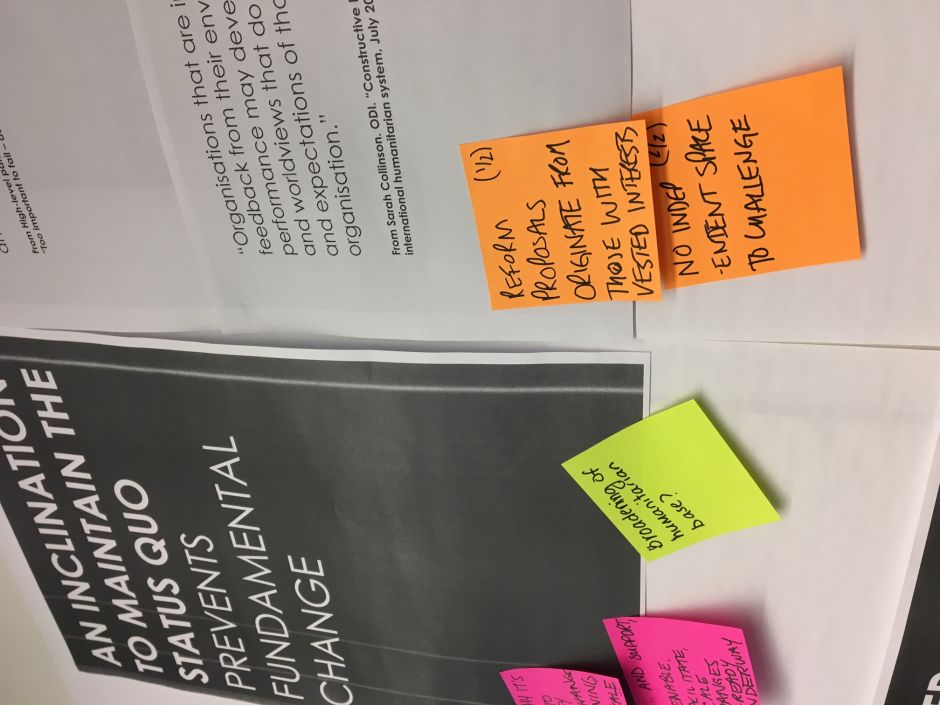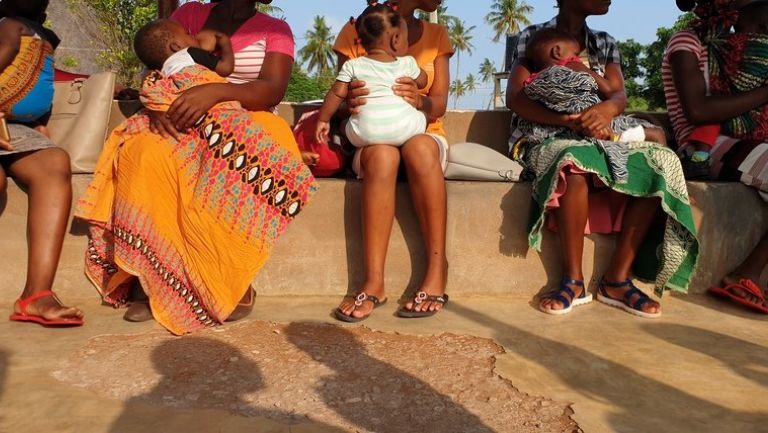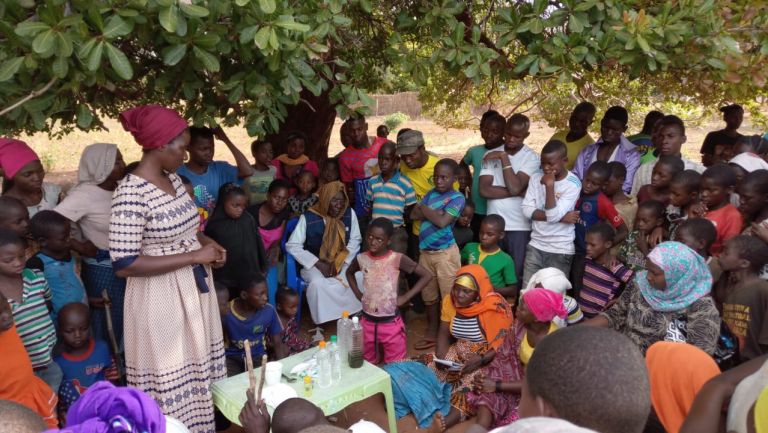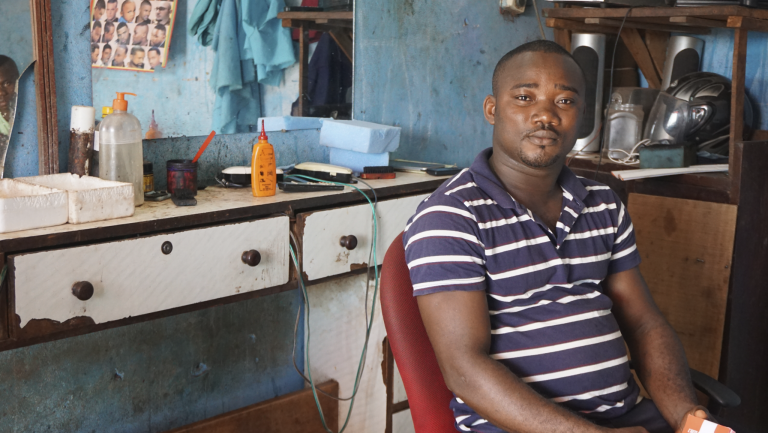Sign up for our monthly newsletter
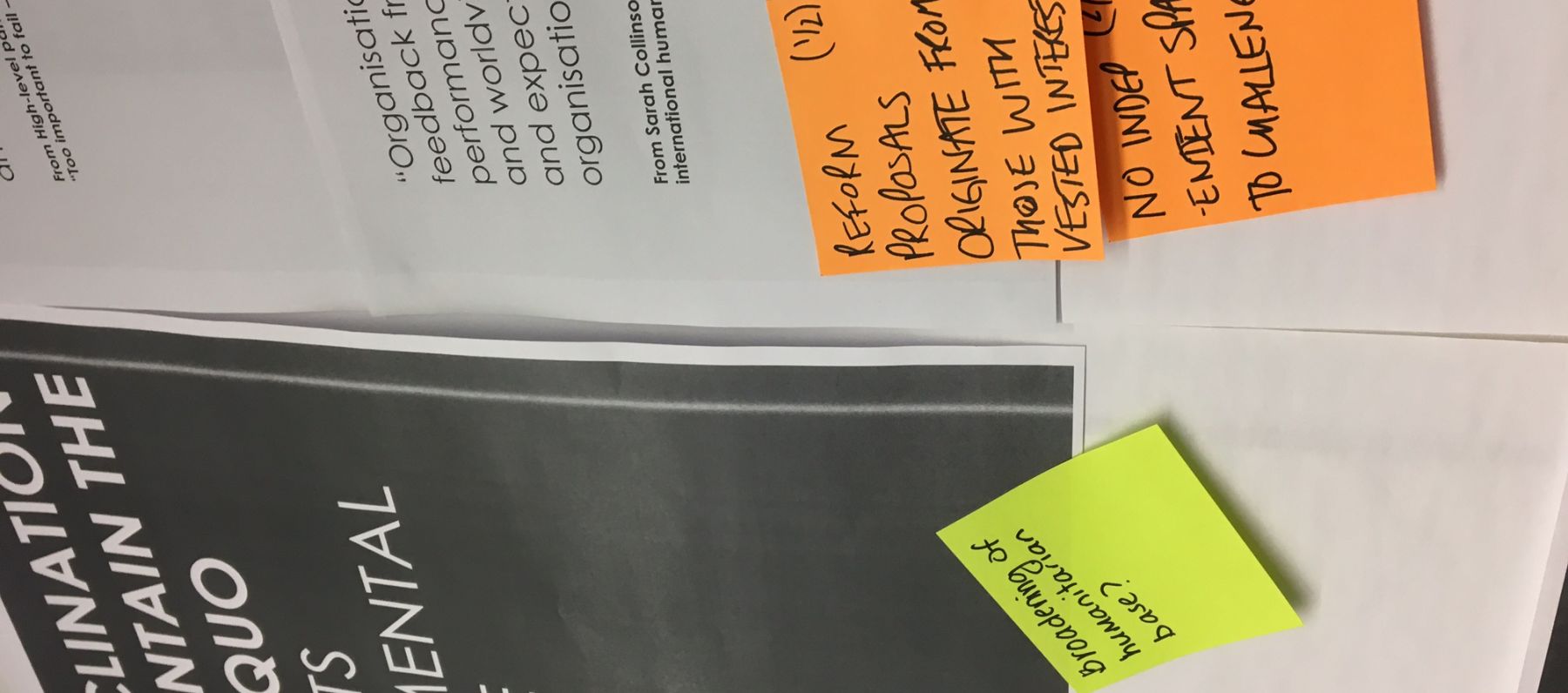
Constructive Deconstruction: Redesigning the Global Humanitarian System
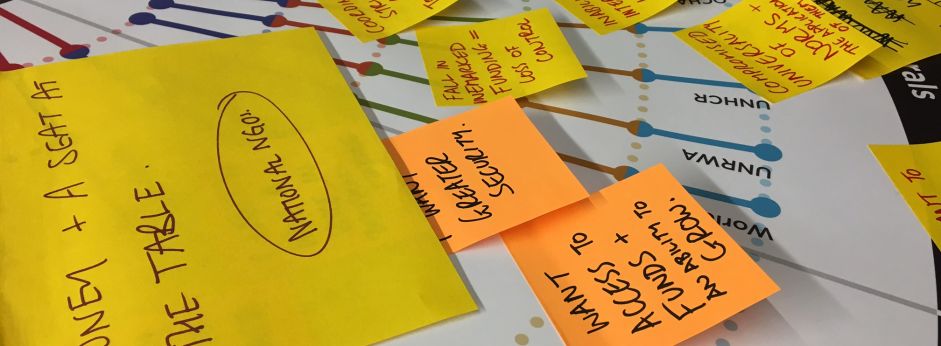
In recent years, the international humanitarian system has seen a rapidly shifting landscape: first, an increasingly changing nature of crises (with crises now more protracted and more complex than ever before); second, an exponential growth in funding; and third, an emergence of ‘non-traditional’ actors and donors. Despite this, the international humanitarian system is considered to be struggling to meet the global demand, with some suggesting ‘atrophy, inflexibility and a skills deficit’ in situations that requires speed, flexibility, and creative approaches to navigating the complexity at hand. Recent efforts for change have resulted in small tweaks to current practices instead of any disruption to the underlying architecture and assumptions that the system has been built on for decades. Given that the way the sector is working is just not working, the Overseas Development Institute (ODI) decided it was time for an international humanitarian system rethink.
Given ThinkPlace’s specialisation in systems thinking and our application of complexity theory to design, we were invited by ODI’s Humanitarian Policy Group to re-envision the global humanitarian ‘system’ through a human-centered design approach. Conducting research, ideation, and testing streams across three major hubs of humanitarian coordination and practice –London, Nairobi and New York – ThinkPlace facilitated an international co-design process to first establish a shared intent as to what pathway through the global humanitarian system presents the most complex challenges.
ThinkPlace conducted deep research with various actor groups within the humanitarian sector (i.e. people affected by crisis, responders, donors, host communities, UN representatives, government) to gather a set of human stories about the breakdowns and painpoints within the sector. These ‘human pathways’ revealed fundamental faults in communication, trust, empowerment, and visibility over the functions and flows of actors in the humanitarian architecture. These pathway maps were used to inspire, provoke, and inform a recent co-design and ideation workshop in London where a diverse range of over 50 humanitarian (and non-humanitarian ‘disruptors’) actors gathered to brainstorm new design concepts.
We are now in the process of developing ‘prototypes’ of potential design solutions which address a set of challenges. ThinkPlace will test these solutions directly with actors in the system and ultimately deliver a package of design solutions that drive the change the system needs.
